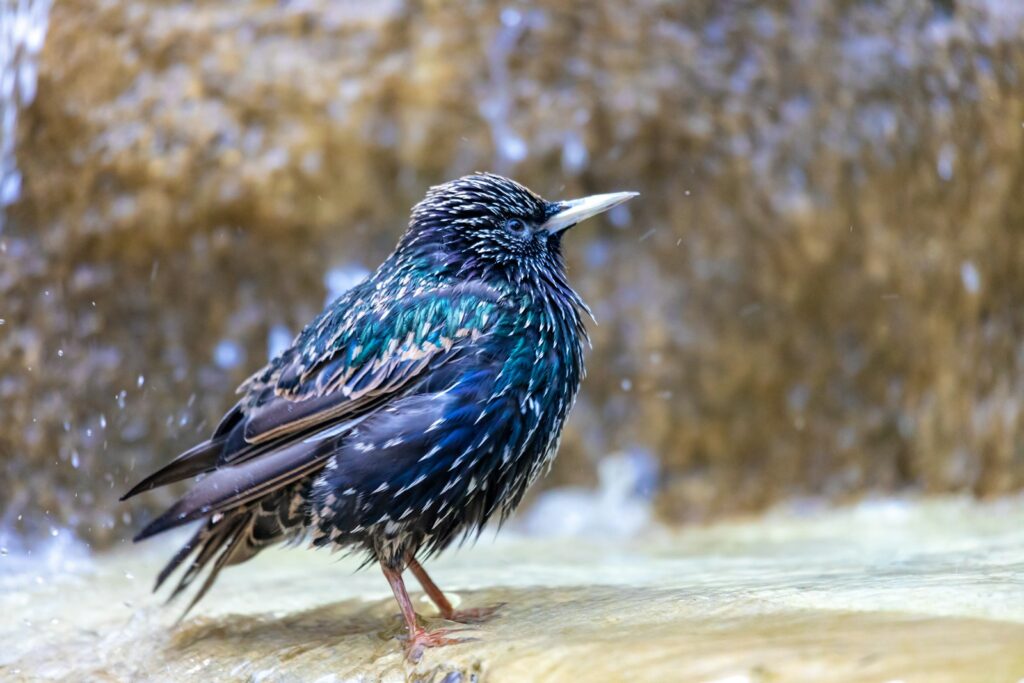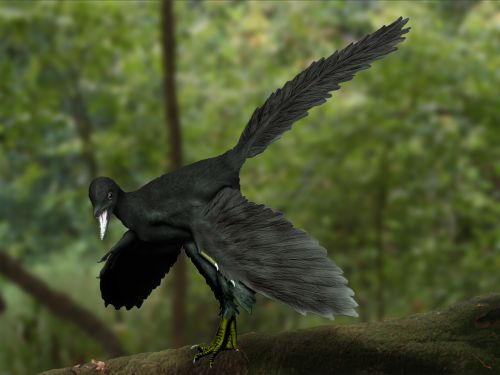Picture this: you’re watching a robin hop across your lawn, pecking at worms, and suddenly you realize you’re looking at a living dinosaur. It sounds like science fiction, but it’s absolutely true. The line between birds and dinosaurs isn’t just blurry—it’s practically nonexistent, and scientists have been wrestling with this reality for decades. What we thought we knew about the ancient world has been turned upside down by discoveries that challenge our most basic assumptions about life on Earth.
The Shocking Truth About Modern Birds
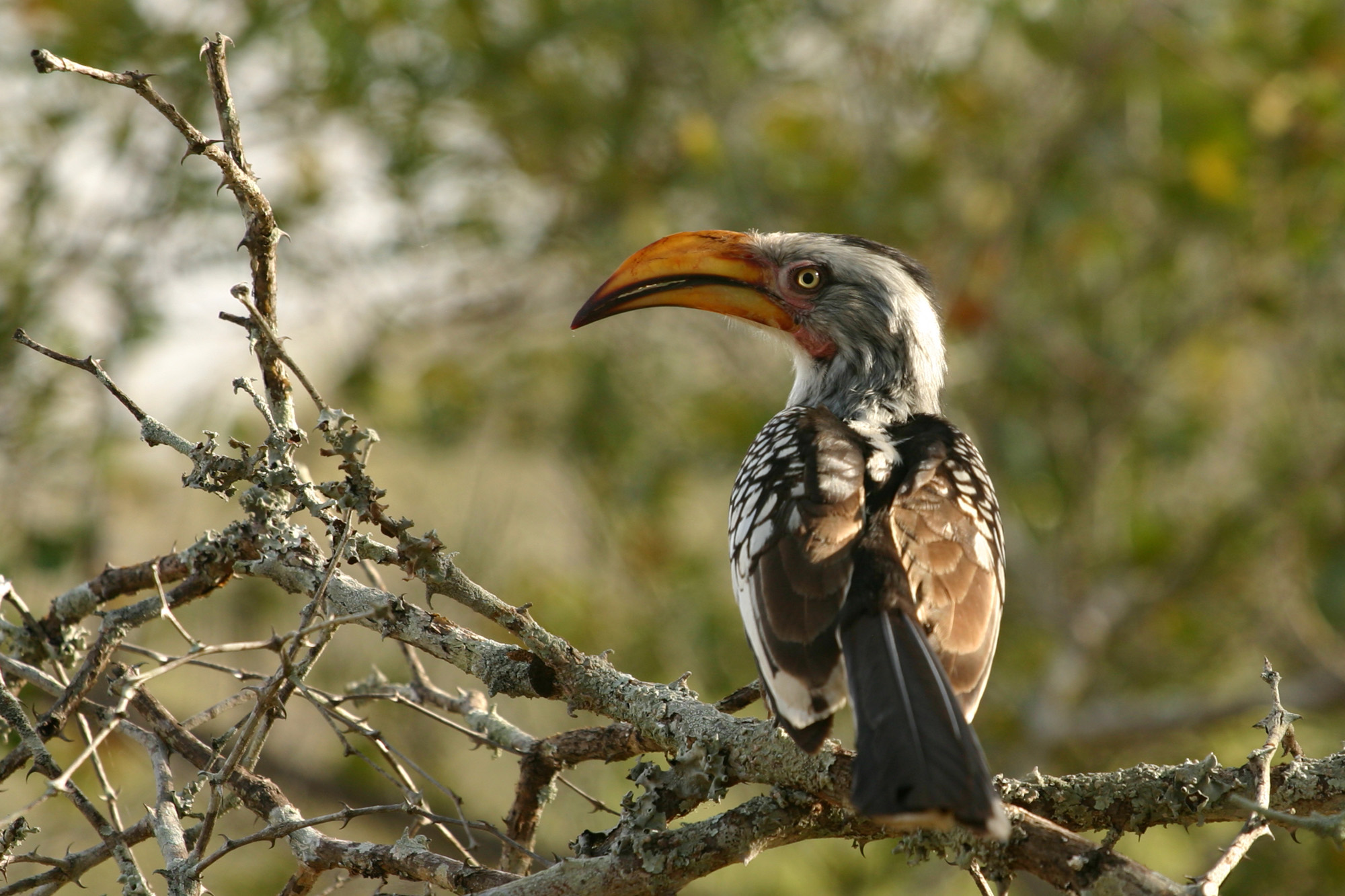
Every single bird you see today is technically a dinosaur, and this isn’t just poetic language—it’s scientific fact. When paleontologists talk about dinosaur extinction 66 million years ago, they’re only referring to non-avian dinosaurs. The feathered creatures outside your window are direct descendants of theropod dinosaurs, carrying genetic blueprints that stretch back over 150 million years.
This revelation completely reshapes how we understand evolution and survival. Birds didn’t replace dinosaurs; they ARE dinosaurs that simply never went extinct. The house sparrow in your garden shares more DNA with Tyrannosaurus rex than a T. rex shared with Triceratops, despite living in completely different time periods.
When Feathers First Took Flight
The discovery of feathered dinosaurs in China during the 1990s sent shockwaves through the paleontological community. Fossils like Sinosauropteryx revealed that many dinosaurs sported primitive feathers long before they ever took to the skies. These weren’t the flight-ready feathers we see today, but rather fuzzy, hair-like structures that likely served as insulation or display features.
Archaeopteryx, often called the “first bird,” lived about 150 million years ago and perfectly illustrates the blurred boundary between dinosaurs and birds. It had teeth, claws, and a long bony tail like a dinosaur, but also possessed asymmetrical flight feathers like modern birds. This creature wasn’t transitioning from dinosaur to bird—it was both simultaneously.
The evolution of flight wasn’t a sudden leap but rather a gradual process spanning millions of years. Some dinosaurs may have used their feathered arms for gliding between trees, while others might have flapped them to run up steep inclines or escape predators.
The Bone Connection That Changes Everything
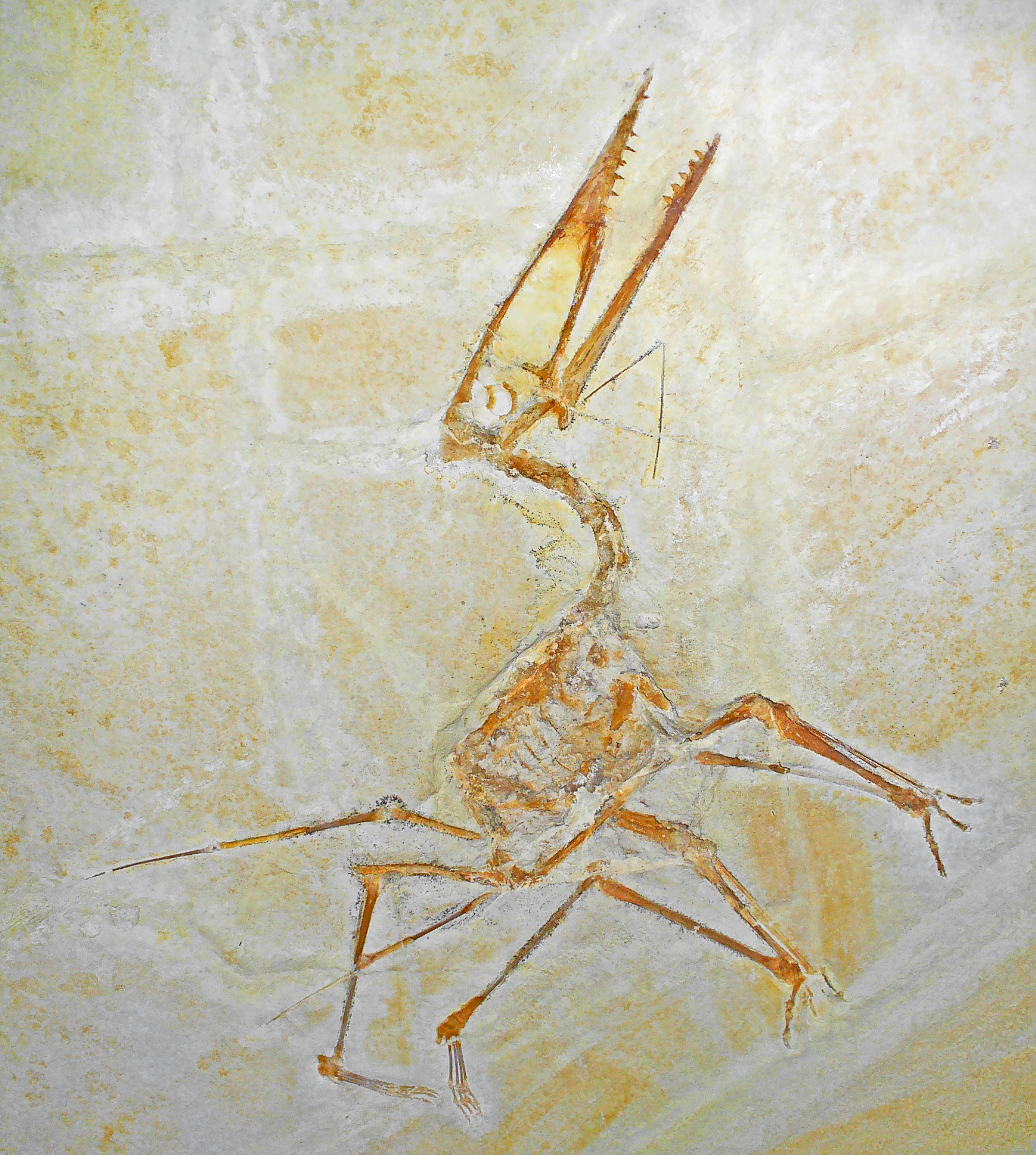
Bird bones tell an incredible story of evolutionary continuity that most people never realize. The hollow, lightweight bones that make flight possible didn’t evolve specifically for flying—they first appeared in large theropod dinosaurs as a way to reduce body weight while maintaining strength. Even massive predators like Allosaurus had air-filled bones, decades before their descendants took to the air.
The wishbone, or furcula, that families fight over at Thanksgiving dinner is actually a fused clavicle that first evolved in dinosaurs. When you crack that wishbone, you’re handling the same bone structure that existed in creatures like Velociraptor and other dromaeosaurids millions of years ago.
Perhaps most fascinating of all, bird respiratory systems—with their unique air sacs and one-way airflow—also originated in dinosaurs. This incredibly efficient breathing system gave both ancient predators and modern birds the oxygen-processing power needed for active, high-energy lifestyles.
DNA Doesn’t Lie About Ancient Relationships
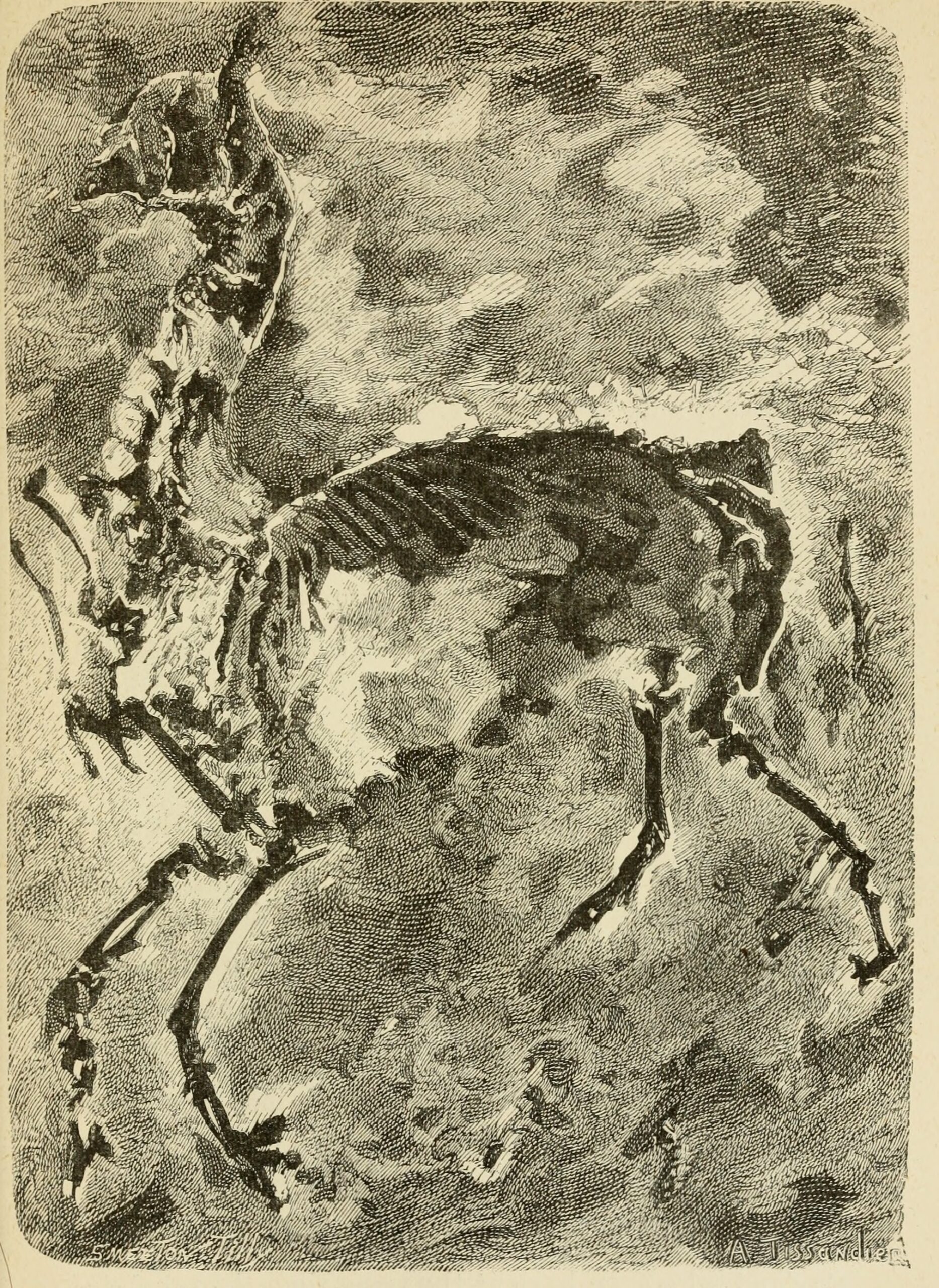
Modern genetic analysis has confirmed what fossil evidence suggested: birds are more closely related to crocodiles than crocodiles are to lizards. This startling fact highlights how evolutionary relationships often defy our intuitive understanding of animal families. Both birds and crocodiles belong to the archosaur group, which dominated Earth long before mammals rose to prominence.
Scientists can now trace specific genes from modern birds back to their dinosaurian origins. Genes controlling beak development, feather growth, and even certain behaviors show clear evolutionary connections to non-avian dinosaurs. When a chicken embryo temporarily develops teeth during development, it’s expressing ancient dinosaur DNA that still lurks in its genetic code.
The molecular clock—a technique that uses genetic mutations to estimate when species diverged—suggests that major bird lineages began splitting from each other during the late Cretaceous period, when non-avian dinosaurs were still thriving. This means the early ancestors of ducks, hawks, and songbirds were already diversifying while sharing the planet with T. rex and Triceratops.
The Great Classification Controversy
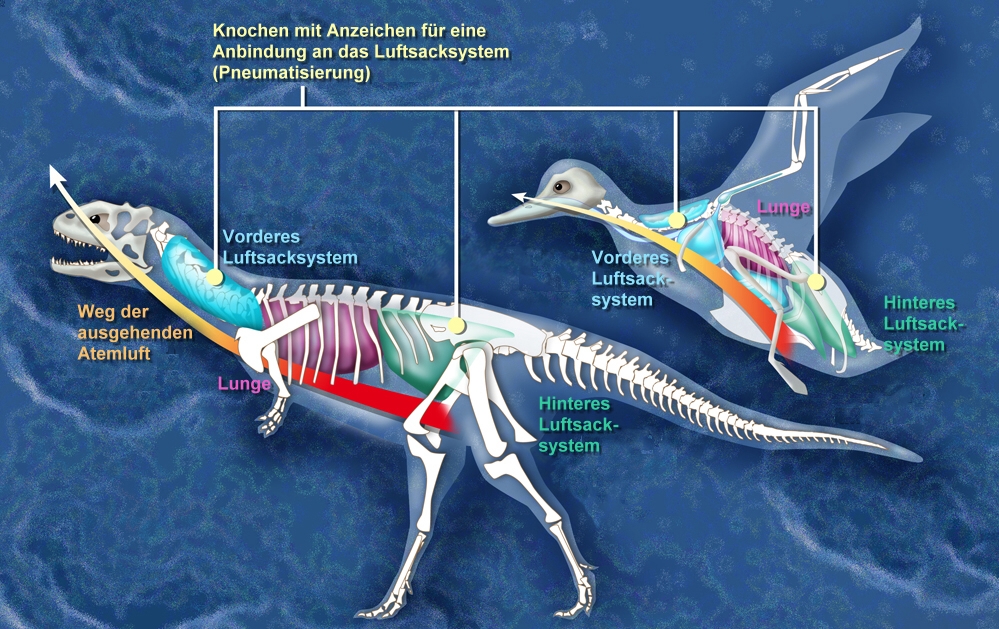
Taxonomists face a genuine dilemma when classifying birds within the broader dinosaur family tree. Traditionally, dinosaurs were considered a separate, extinct group, while birds occupied their own class. But evolutionary biology demands that classification reflect actual relationships, not human convenience or historical prejudice.
Under modern phylogenetic classification, birds are officially considered dinosaurs—specifically, they’re avialan dinosaurs within the larger theropod group. This means every field guide to birds is technically also a guide to living dinosaurs. Some scientists argue for maintaining separate classifications for practical purposes, while others insist on strict evolutionary accuracy.
The debate extends beyond academic circles and influences how museums present exhibits, how textbooks describe prehistoric life, and how the public understands natural history. When a child asks whether dinosaurs are extinct, the scientifically accurate answer is both yes and no—a response that perfectly captures the complexity of evolutionary relationships.
Behavior Bridges Ancient and Modern Worlds
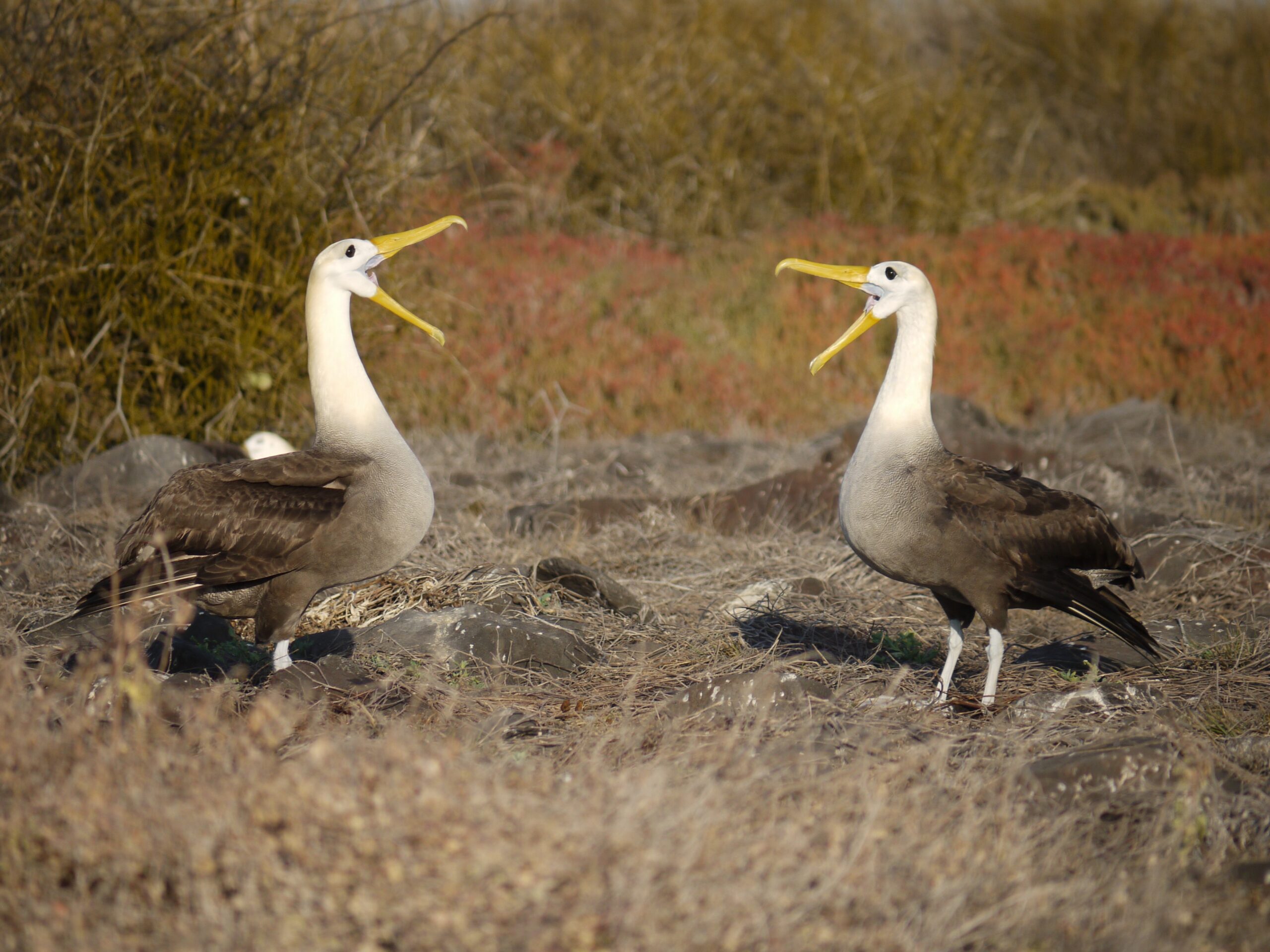
Bird behaviors provide stunning glimpses into how dinosaurs might have lived millions of years ago. Male peacocks displaying their elaborate tail feathers mirror what many paleontologists believe happened with feathered dinosaurs like Borogovia or Citipati. The same evolutionary pressures that drive modern courtship displays likely influenced dinosaur behavior in the Mesozoic era.
Nesting behaviors show remarkable continuity across deep time. Some dinosaur species built elaborate nests, arranged their eggs in careful patterns, and likely provided parental care—behaviors we see perfected in modern birds. Fossil evidence suggests that even massive sauropods may have constructed communal nesting sites, similar to modern seabird colonies.
Flocking behavior, migration patterns, and territorial disputes in birds all have potential parallels in dinosaur communities. When you watch geese flying in V-formation or observe crows mobbing a hawk, you’re witnessing behavioral strategies that may have helped dinosaurs survive for over 160 million years before the asteroid impact.
The Asteroid Impact’s Selective Fury
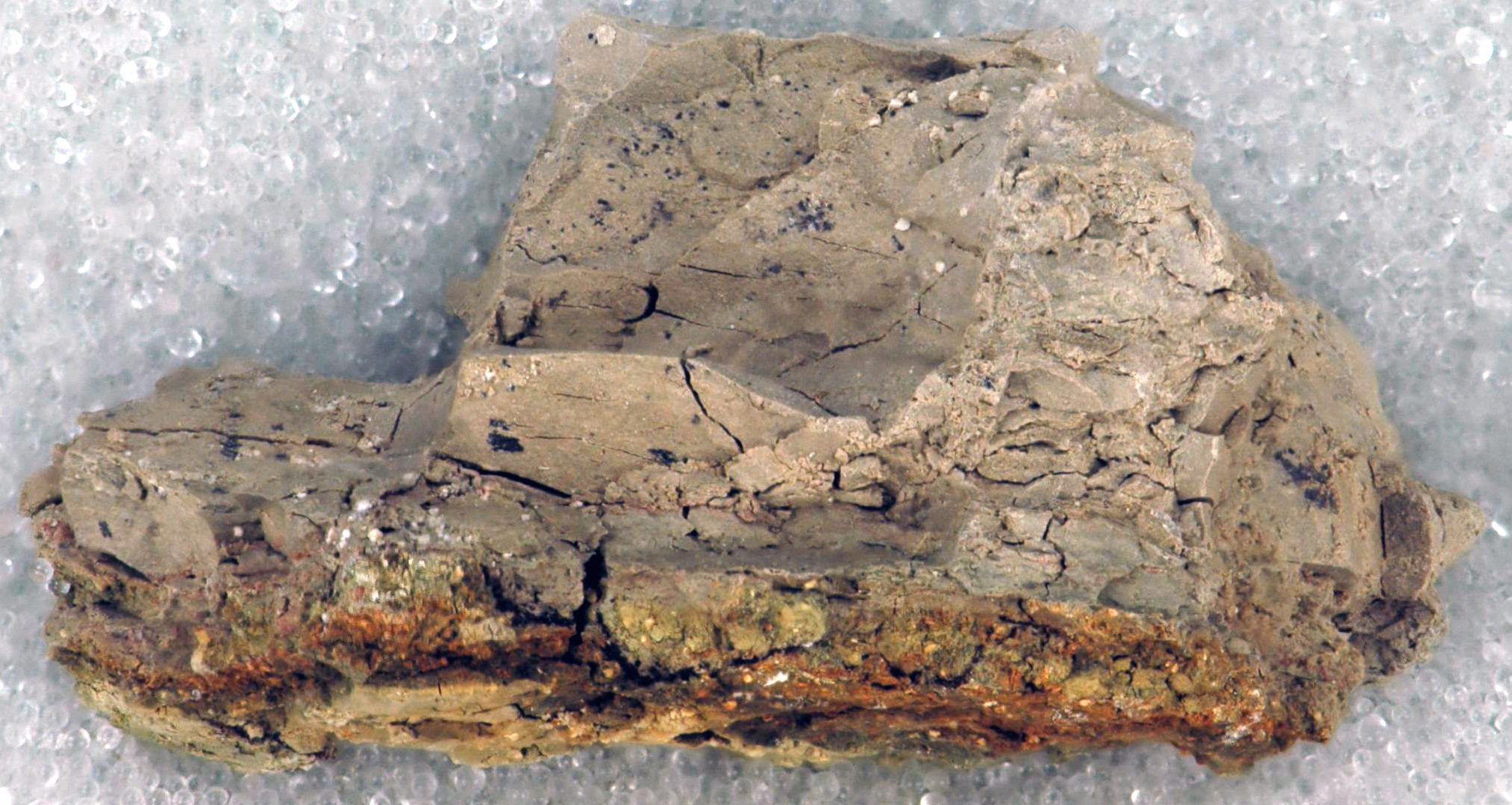
The extinction event 66 million years ago wasn’t randomly cruel—it specifically targeted larger animals while allowing smaller creatures to survive. Birds that made it through the extinction bottleneck were likely small, adaptable species that could survive on seeds, insects, and other resources that remained available after the impact. This selective pressure explains why no bird today is larger than an ostrich, while their dinosaur ancestors included creatures weighing several tons.
The immediate aftermath of the impact created a world hostile to large animals but surprisingly favorable to small, flying creatures. Birds could escape local environmental disasters, travel vast distances to find food, and access resources unavailable to ground-dwelling survivors. Their metabolic efficiency and diverse dietary options proved crucial during the darkest period in Earth’s recent history.
Remarkably, genetic evidence suggests that most major modern bird lineages trace back to a relatively small number of species that survived the extinction event. This means the incredible diversity of birds we see today—over 10,000 species—evolved from perhaps just a few dozen survivors in the span of 66 million years.
Fossil Discoveries That Rewrote History
The Liaoning Province in China has yielded some of the most spectacular dinosaur fossils ever discovered, many preserved with feathers, skin, and even stomach contents intact. These discoveries didn’t just fill gaps in the fossil record—they obliterated the traditional boundary between dinosaurs and birds. Creatures like Microraptor possessed four wings and could glide between trees, while Anchiornis displayed striking black and white plumage patterns.
Each new discovery forces scientists to redraw evolutionary trees and reconsider long-held assumptions. The recent finding of Borealopelta, a heavily armored dinosaur with preserved coloration, revealed that even the most unlikely dinosaurs had sophisticated camouflage patterns. This suggests that complex behaviors and adaptations were far more widespread among dinosaurs than previously imagined.
Advanced imaging techniques now allow researchers to examine fossil feathers at the cellular level, revealing iridescent colors and structural details that bring ancient creatures to life. These technologies transform museum specimens from static displays into windows into vibrant, colorful ecosystems that existed millions of years ago.
The Intelligence Question That Haunts Paleontology
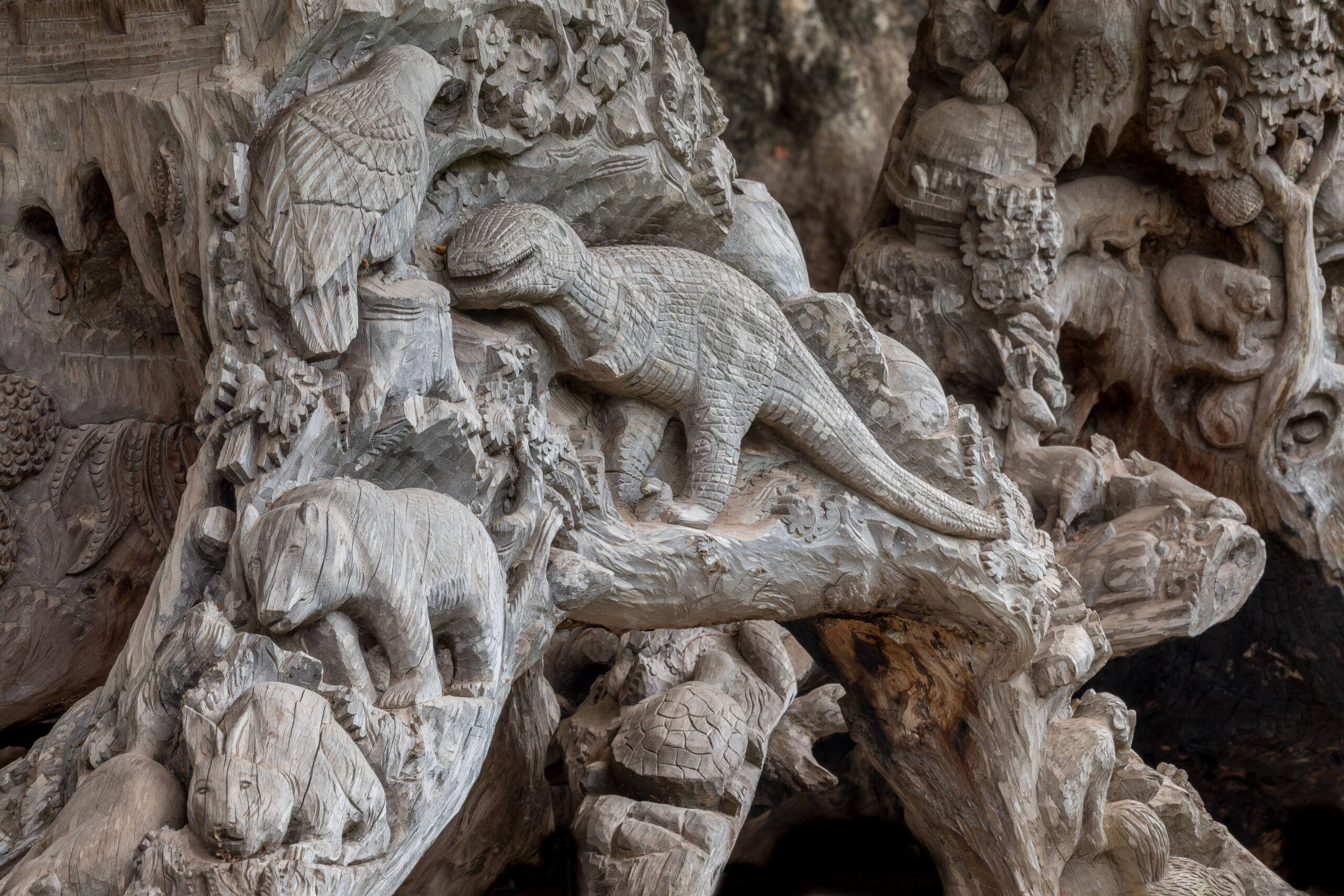
Modern birds display remarkable intelligence—ravens use tools, parrots solve complex puzzles, and crows recognize themselves in mirrors. This cognitive sophistication raises profound questions about dinosaur intelligence that may never be fully answered. If birds inherited their brain structure from dinosaur ancestors, how smart were creatures like Troodon or Deinonychus?
Brain endocasts from dinosaur skulls suggest that many species had relatively large brains for their body size, particularly among smaller theropods. Some dinosaurs may have possessed problem-solving abilities, social intelligence, and even primitive forms of communication. The complex nesting behaviors evident in the fossil record hint at sophisticated parental care and possibly even teaching behaviors.
The social structures of modern birds provide tantalizing clues about dinosaur societies. If some dinosaurs lived in complex social groups, hunted cooperatively, or maintained long-term pair bonds, their communities might have been far more intricate than most people imagine. Unfortunately, behavior rarely fossilizes, leaving us to infer these relationships from indirect evidence.
Modern Technology Unlocks Ancient Secrets
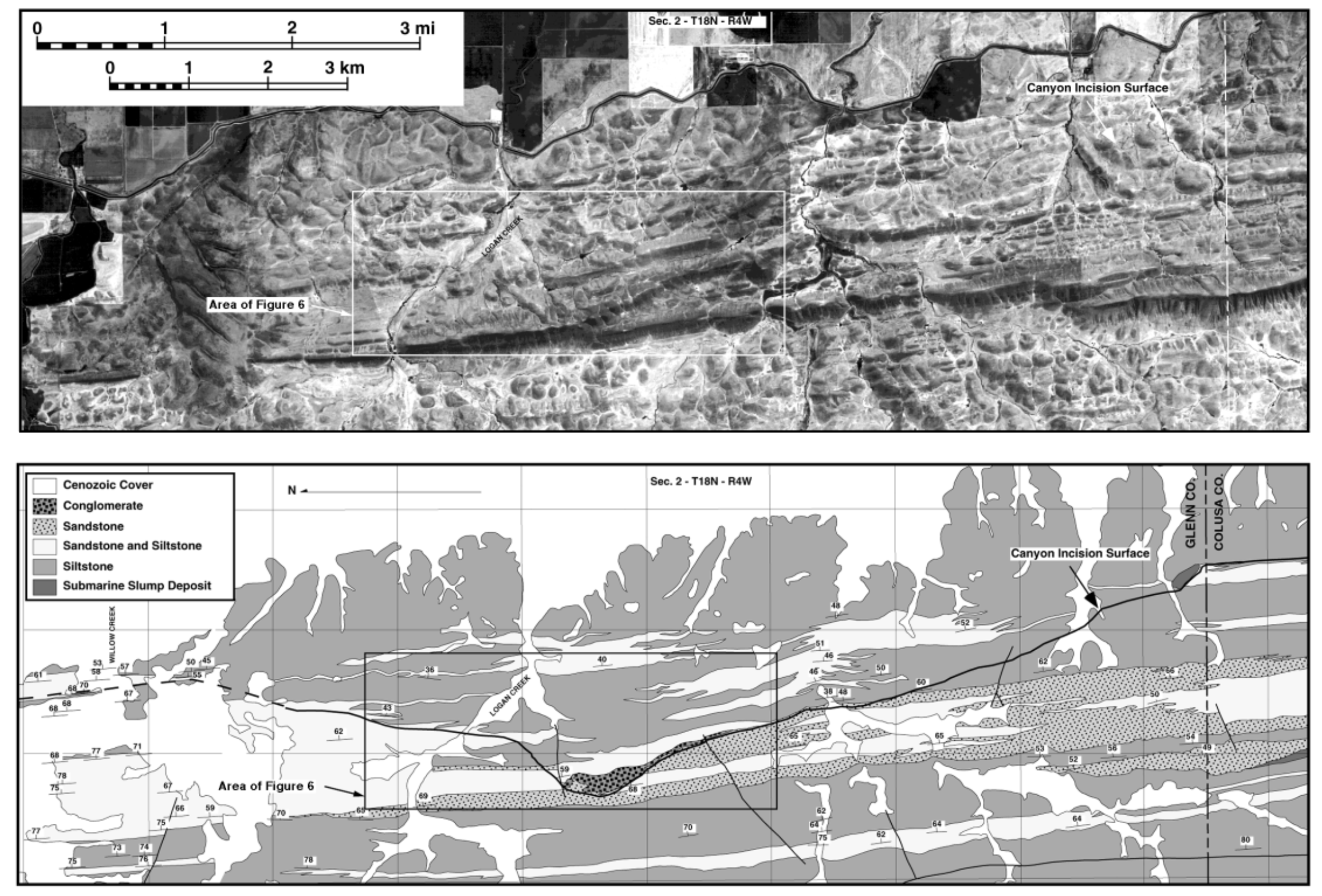
CT scanning and 3D modeling have revolutionized how scientists study both fossil dinosaurs and modern birds. Researchers can now examine the internal structure of dinosaur eggs, trace blood vessel patterns in fossilized bones, and even model how extinct creatures might have moved. These technologies reveal details that would have been impossible to discover through traditional fossil preparation methods.
Protein analysis of ancient fossils has recovered amino acid sequences from dinosaur bones over 80 million years old, providing direct molecular evidence of the bird-dinosaur connection. While DNA degrades too quickly to survive such vast time spans, proteins can persist much longer and still carry evolutionary information.
Computer simulations now allow scientists to test hypotheses about dinosaur flight, feeding mechanics, and locomotion. These virtual experiments help bridge the gap between fossil evidence and living animals, providing insights into how extinct creatures actually functioned in their ancient environments.
Climate Change and Evolutionary Innovation
The transition from dinosaurs to modern birds occurred during periods of significant climate change, and these environmental pressures likely accelerated evolutionary innovation. As global temperatures fluctuated and habitats shifted, survival advantages went to creatures that could adapt quickly to changing conditions. Birds’ metabolic flexibility and behavioral adaptability gave them crucial advantages during unstable periods.
Feather evolution may have been driven partly by climate considerations—the insulation properties that made feathers valuable for temperature regulation eventually enabled the controlled airflow necessary for flight. This dual functionality illustrates how evolutionary innovations often serve multiple purposes before reaching their final form.
Modern climate change poses new challenges for birds that echo ancient evolutionary pressures. Species that can adapt their behaviors, shift their ranges, or modify their diets are more likely to survive, just as their dinosaur ancestors did millions of years ago. The same flexibility that carried birds through mass extinction events may determine which species thrive in the Anthropocene era.
The Cultural Impact of Redefining Dinosaurs
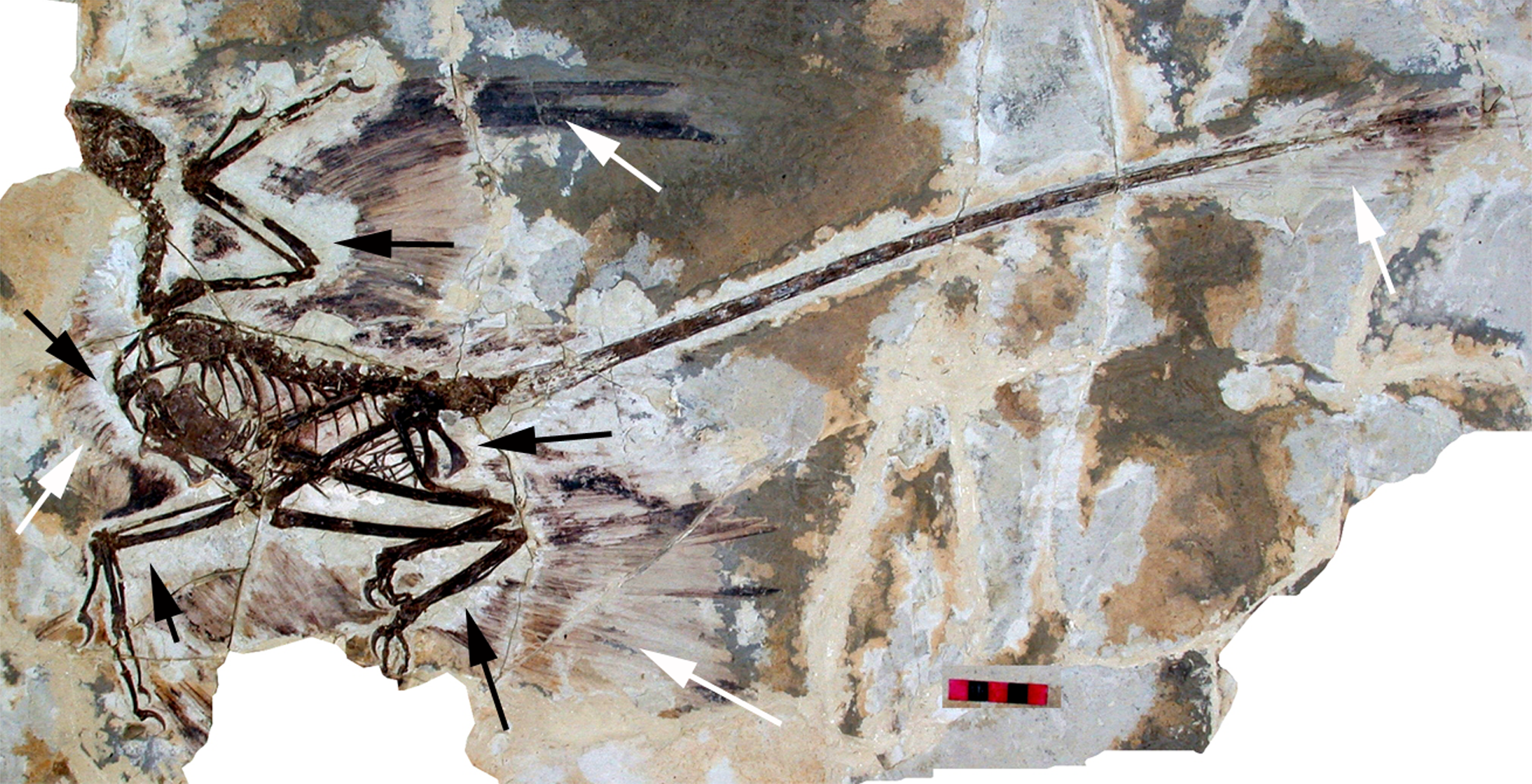
Popular culture struggles to keep pace with scientific discoveries about the bird-dinosaur connection. Movies still portray dinosaurs as scaly, reptilian monsters, while museums increasingly display feathered, colorful creatures that challenge public expectations. This disconnect between scientific reality and popular perception creates ongoing educational challenges for paleontologists and science communicators.
Children’s books and educational materials slowly incorporate new discoveries, but many adults retain outdated mental images of dinosaurs formed during their own childhood. The idea that dinosaurs were cold-blooded, sluggish creatures has been thoroughly debunked, yet these misconceptions persist in popular consciousness. Changing these deeply ingrained perceptions requires sustained effort from educators and media creators.
The revelation that birds are dinosaurs has philosophical implications that extend beyond biology. It challenges our human tendency to create rigid categories and forces us to think more fluidly about the continuity of life through deep time. This shift in perspective influences how we understand our own place in the evolutionary story.
Conservation Through an Evolutionary Lens
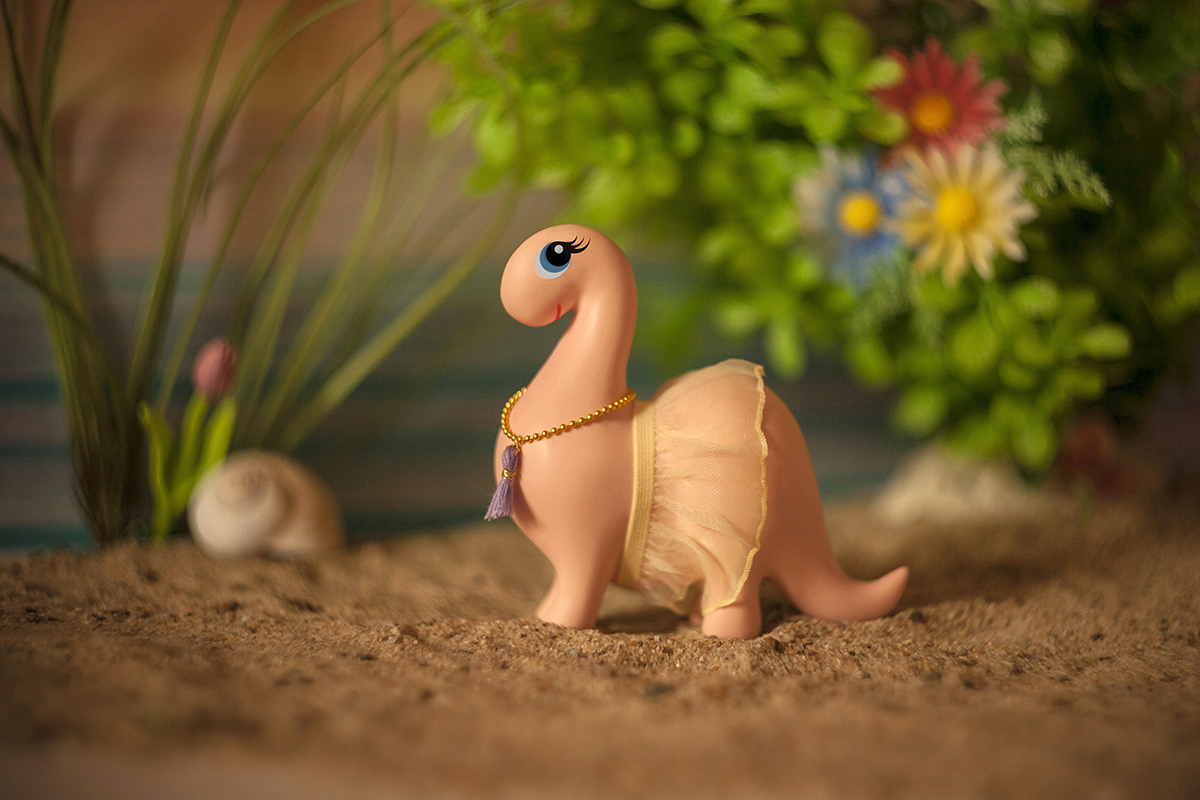
Understanding birds as living dinosaurs adds profound weight to modern conservation efforts. When we protect bird habitats, we’re preserving the last surviving branch of one of Earth’s most successful evolutionary lineages. The loss of bird species represents the ongoing erosion of dinosaur diversity that began 66 million years ago and continues today through human activities.
Some conservationists argue that framing birds as dinosaurs could inspire greater public support for protection efforts. The idea of saving “living dinosaurs” might resonate more powerfully than traditional appeals to protect bird species. This reframing strategy has shown promise in fundraising campaigns and educational outreach programs.
Modern extinction rates among birds rival those of the original mass extinction event, but human-caused extinctions occur over decades rather than geological timescales. This acceleration means we’re witnessing the rapid disappearance of evolutionary lineages that survived for tens of millions of years. Each extinct bird species represents the permanent loss of a unique solution to the challenges of survival that took millions of years to develop.
The boundary between birds and dinosaurs dissolves under scientific scrutiny, revealing instead a continuous evolutionary story that spans hundreds of millions of years. This perspective transforms every birdwatching expedition into a journey through deep time, where backyard robins become ambassadors from the Mesozoic era. The next time you hear a crow caw or watch a hawk soar overhead, remember that you’re witnessing the living legacy of creatures that once ruled the Earth—and in many ways, still do. What other assumptions about the natural world might crumble under the weight of new discoveries?

